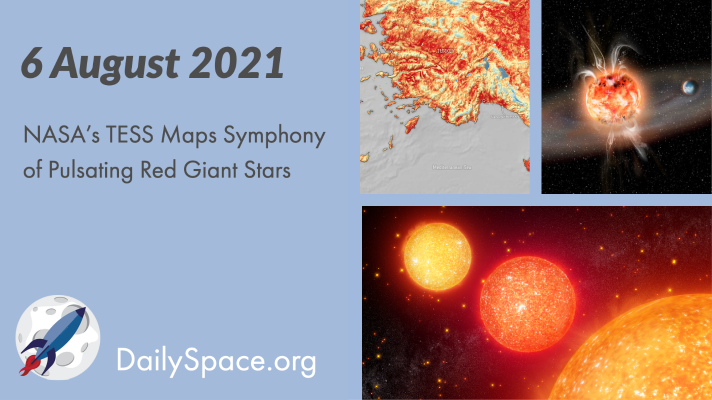
Aug 9, 2021 | Climate Change, Daily Space, Earth, Exoplanets, Neutron Stars / Pulsars, Planetary Nebulae, Stars, Supernovae
NASA’s TESS spacecraft, which is primarily used to search for exoplanets, has now observed a veritable symphony of pulsating red giant stars, each with its own internal vibrations. This work was presented at this week’s TESS Science Conference. Plus, some more climate change news (bad) and superflares may be less harmful to exoplanets than thought (good).
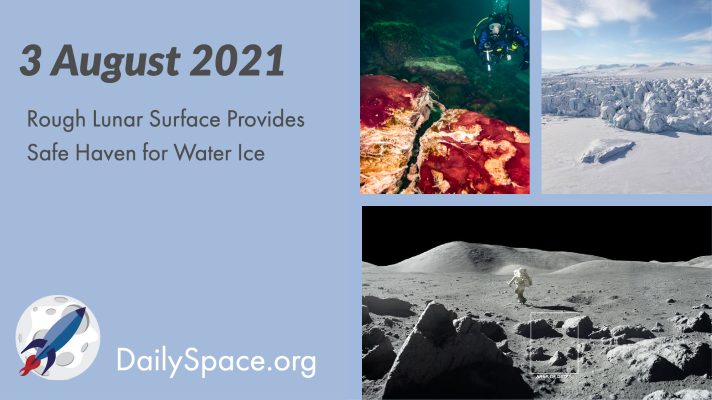
Aug 4, 2021 | Climate Change, Daily Space, Earth, Exoplanets, Moon, Observatories
Last year’s announcement that water ice had been found on the dayside of the Moon by the SOFIA observatory prompted scientists to understand just why that could work, and they found that the Moon’s rough surface creates frost pockets. Plus, all the climate change news over the millennia (Pamela’s back, everyone!).
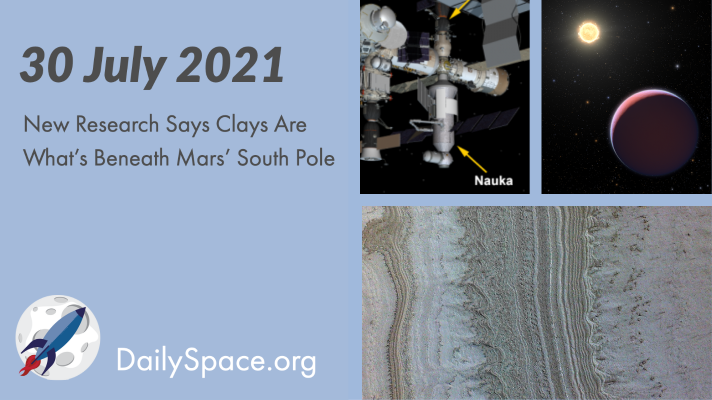
Aug 2, 2021 | Climate Change, Crewed Space, Daily Space, Earth, Exoplanets, Mars, Spacecraft
Continuing the ongoing saga of just what is under the Martian south polar ice caps, new research has once again analyzed radar data, and this time, scientists find that clays known as smectites are responsible for the bright reflections once thought to be subsurface lakes. Plus, drama with an ISS docking and some more oddball exoplanets to round out the week.
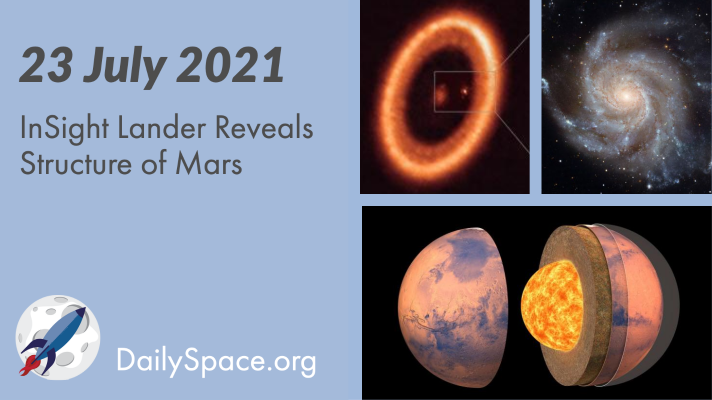
Jul 26, 2021 | Active Galaxies, Climate Change, Comets, Daily Space, Earth, Exoplanets, Mars, Venus
In three new papers released this week, scientists analyzed data from NASA’s InSight lander to reveal the structure of Mars and its layers, revealing information about the planet’s crust, lithosphere, mantle, and core. Plus, isotopes in an exoplanet’s atmosphere, a potential exomoon being formed, the heart of a radio galaxy, and black holes impeding stellar birth.
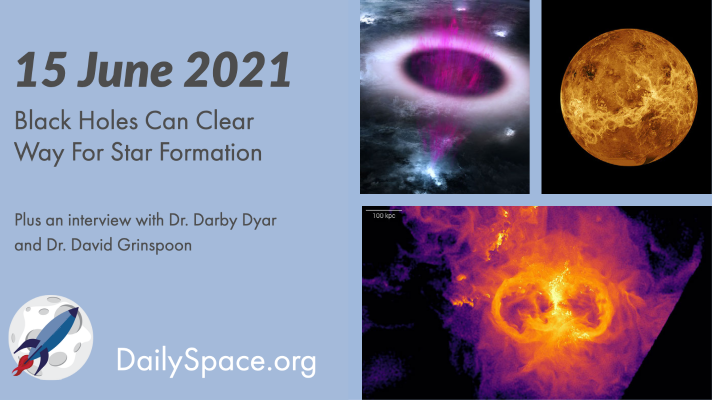
Jun 16, 2021 | Climate Change, Daily Space, Earth, ESA, Exoplanets, Guest Interview, Spacecraft, Stars, Supermassive Black Holes, Venus
Contrary to the destructive role supermassive black holes are thought to play in the lives of stars, it turns out that certain types of galaxies benefit from black holes clearing the way and keeping star formation going. Plus, lightning at the edge of space, a landslide in the Himalayas, and an interview with Dr. Darby Dyar and Dr. David Grinspoon about the recent selection of three different Venus missions.
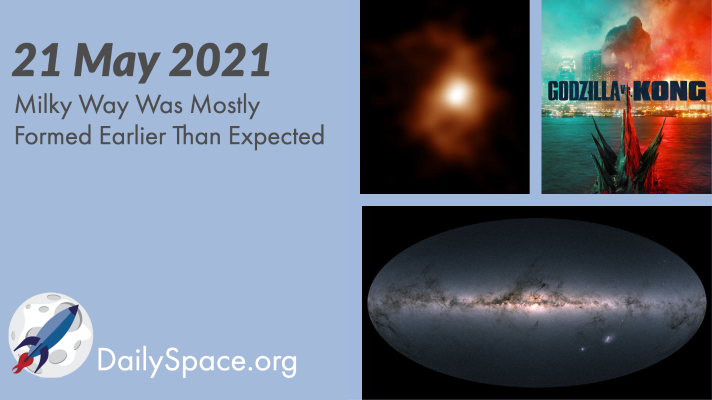
May 24, 2021 | Astrobiology, Climate Change, Comets, Daily Space, Earth, Fast Radio Bursts, Galaxies, Milky Way, Moon, Review, The Sun
New research shows that our galaxy was already in place prior to a major collision with a dwarf galaxy ten billion years ago. Plus, meteor showers, fast radio bursts, tardigrades, climate change, and a science review of Godzilla vs. Kong. No. Really!








 We record most shows live, on Twitch. Follow us today to get alerts when we go live.
We record most shows live, on Twitch. Follow us today to get alerts when we go live.